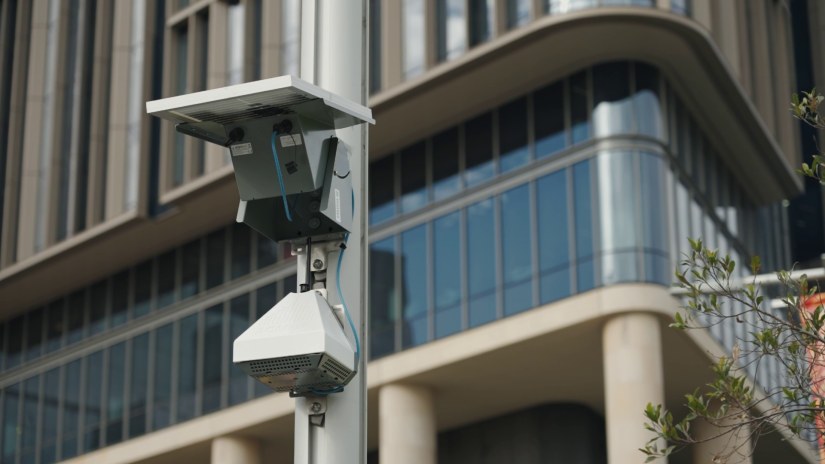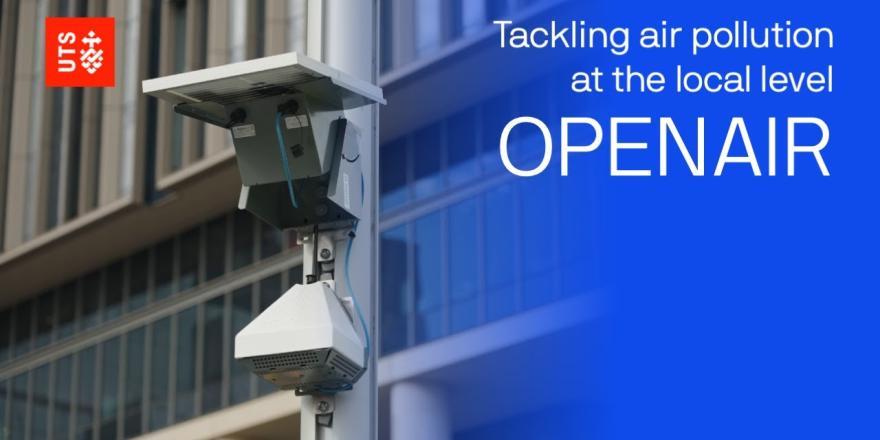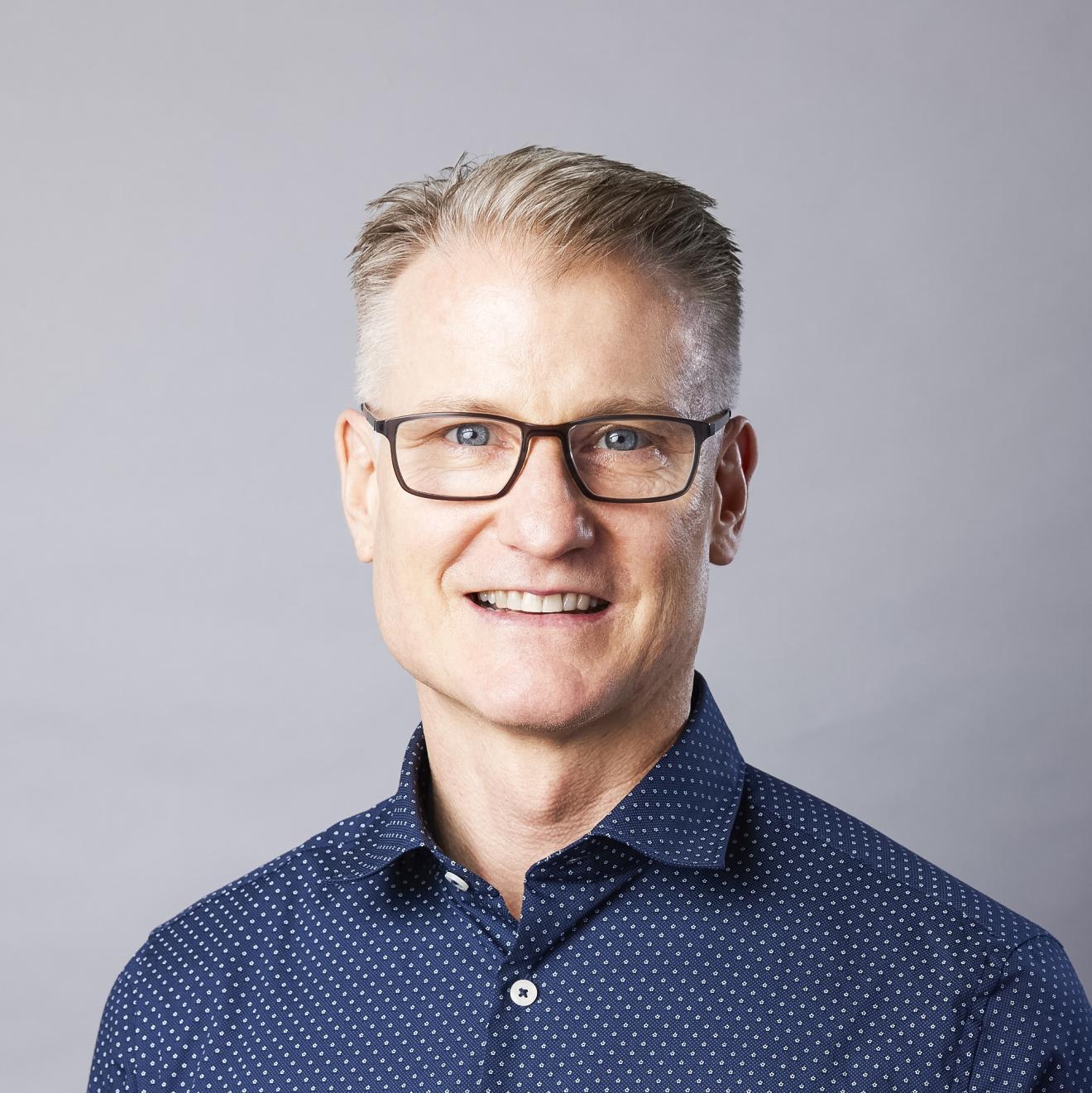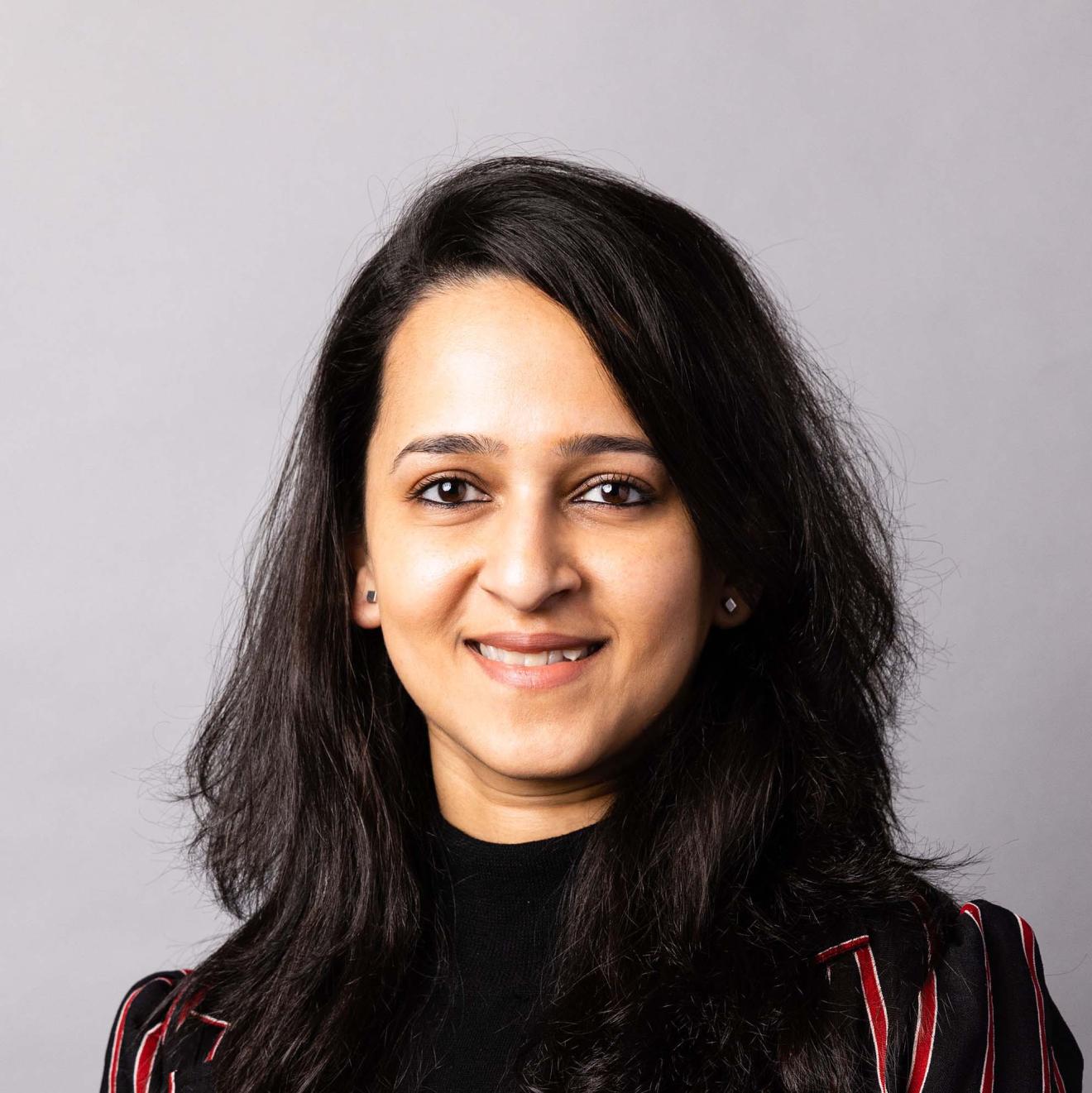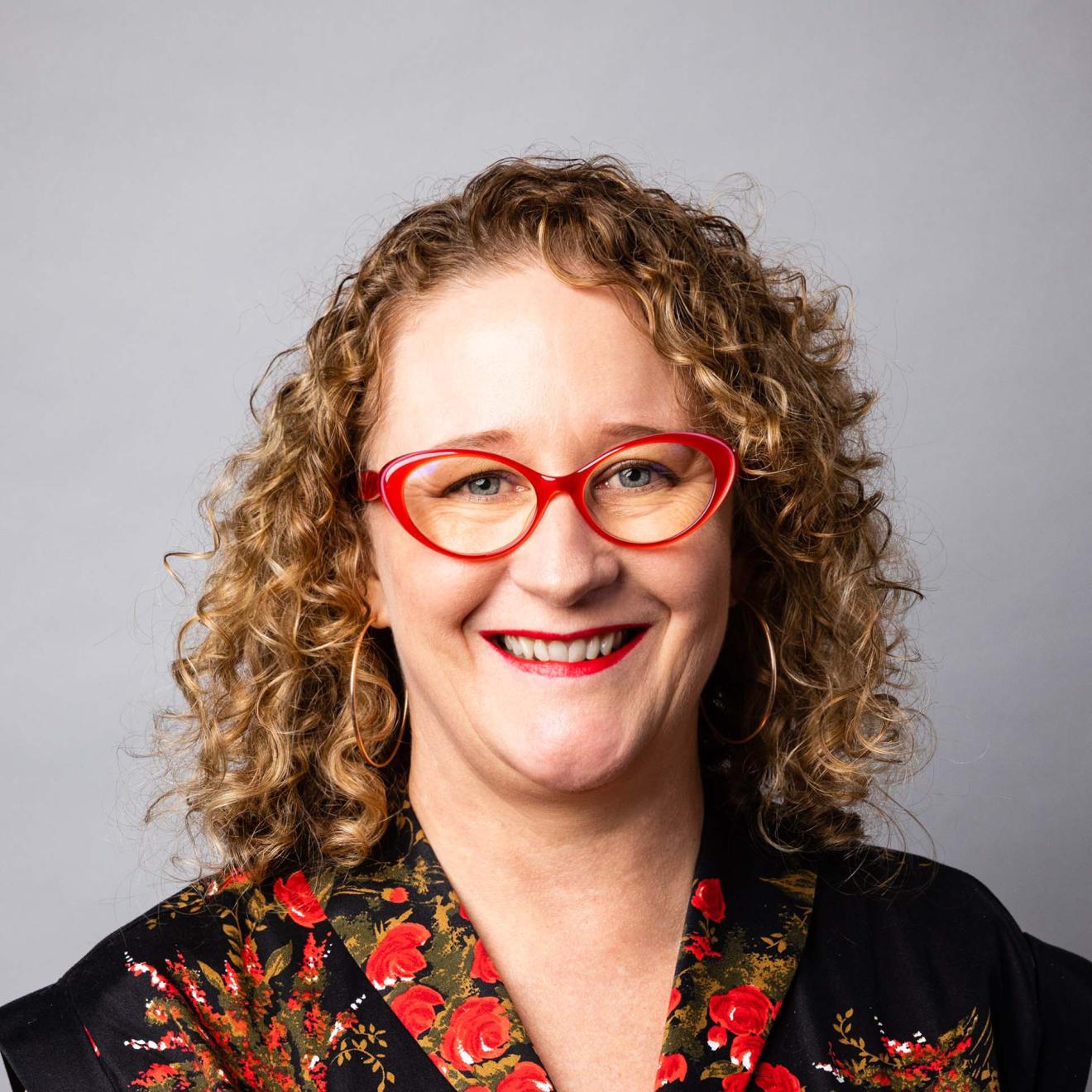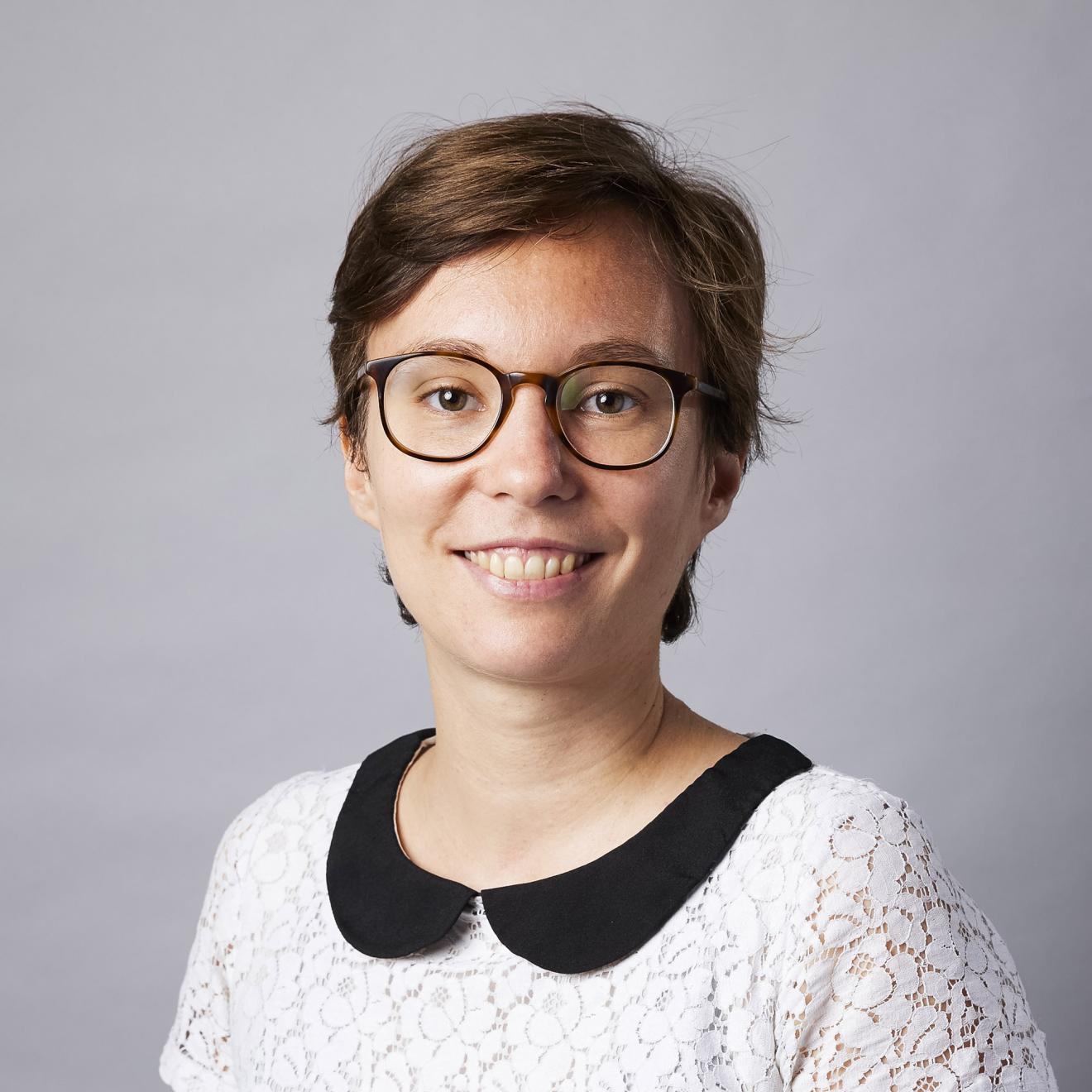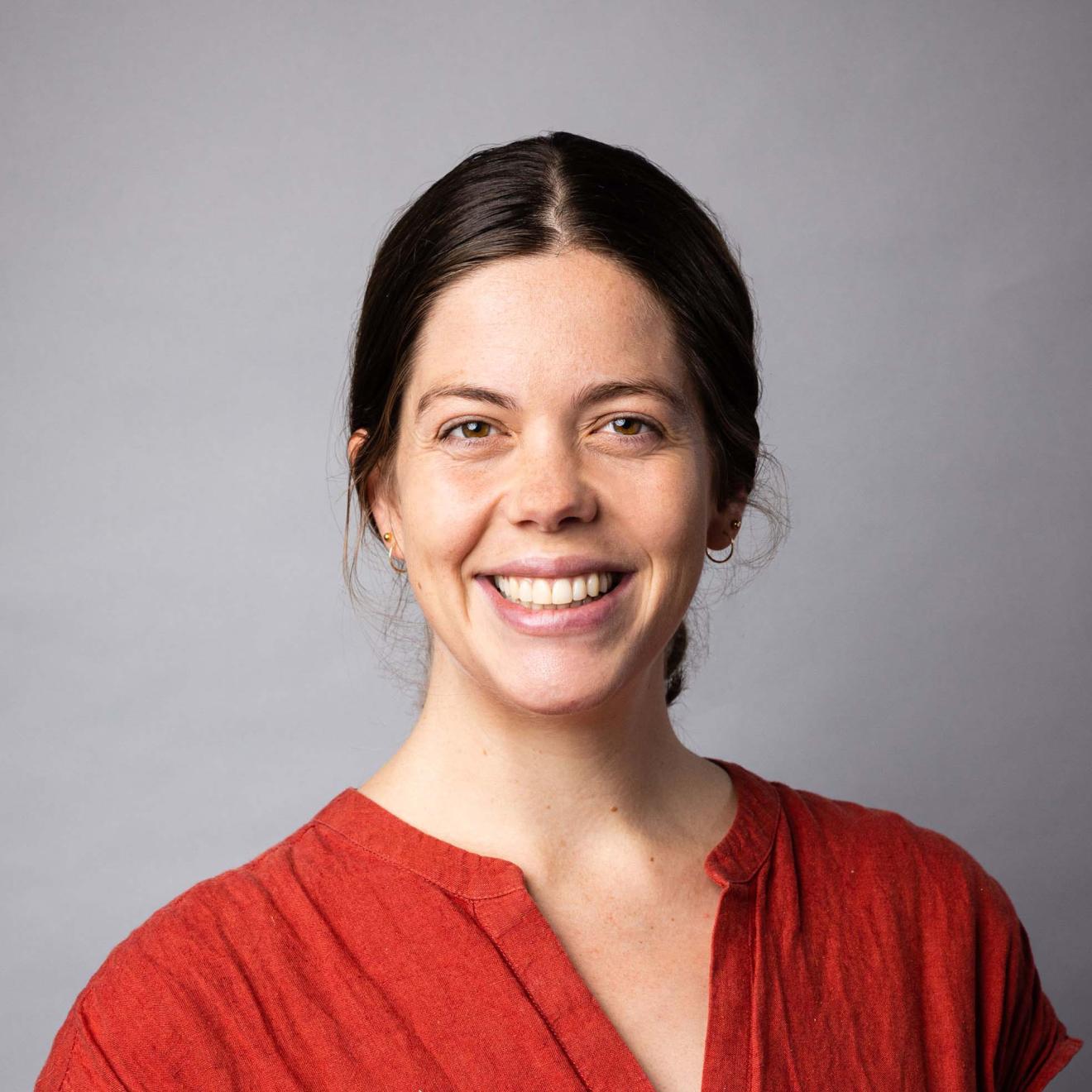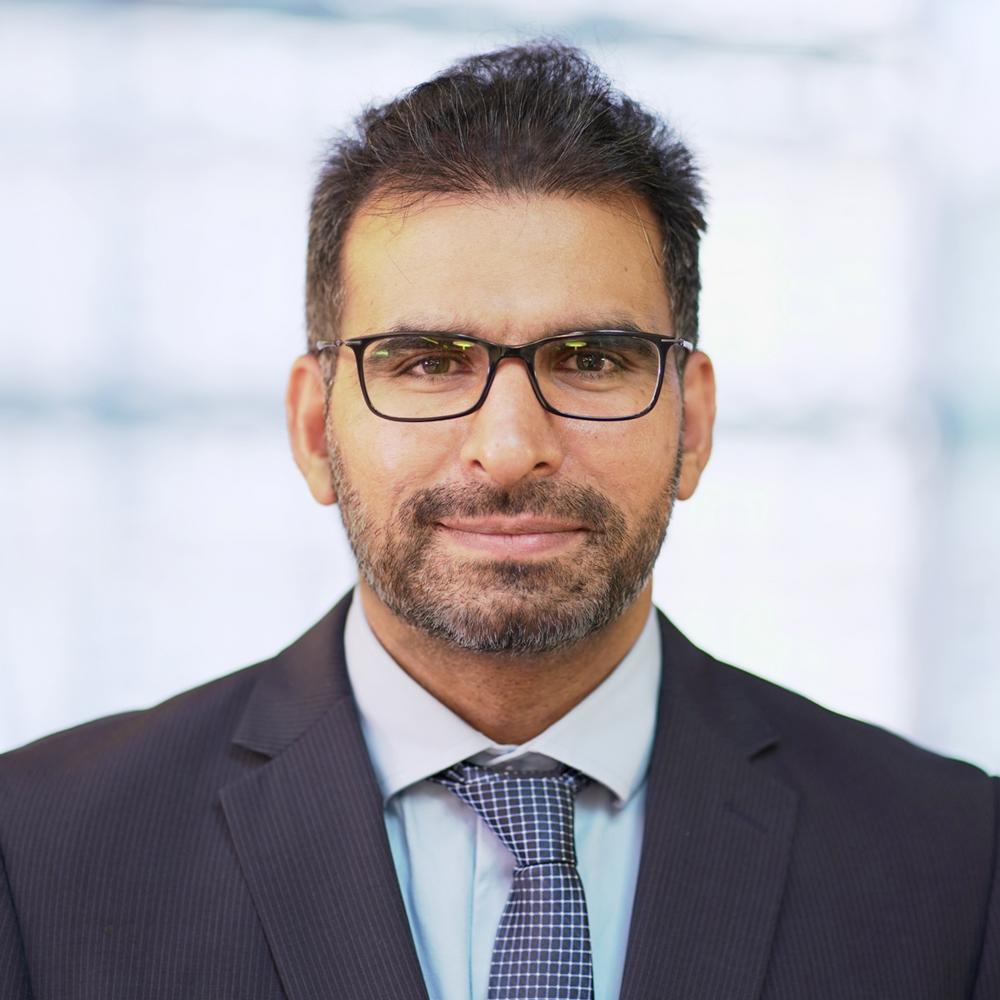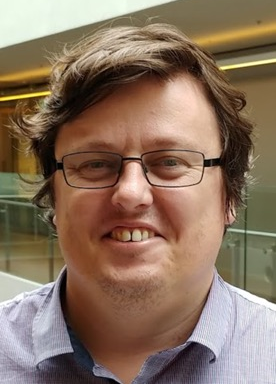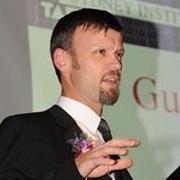The World Health Organization considers air pollution a significant environmental threat to public health worldwide.
Poor air quality caused by bushfires, wood-fired heaters, agriculture, transportation, industry and urban heat has emerged as a silent menace. It’s a significant cause of health problems and premature death in Australian communities.
In the battle for clean air, the need for a robust and accessible air quality monitoring system has never been more urgent. Localised air quality monitoring can help local governments address the problem, but many councils need more expertise in this area.
What is OPENAIR?
In 2020, on the back of the devastating 2019-20 Australian bushfire season, the NSW Smart Sensing Network (NSSN) distributed a survey to all local councils in NSW, asking what air quality issues were of concern and what aspects of environmental sensing they lacked expertise in. It turned out that, on top of bushfire smoke, local communities were concerned about an array of air quality issues.
The survey responses showed that many councils needed a better understanding of available technology or the technical know-how required to set up air monitoring sensors. Councils also had no standard guidance on the best ways to collect and analyse air quality data.
Something needed to be done.
The Operational Network of Air Quality Impact Resources (OPENAIR) project was officially launched in January 2022 as a $2.4 million air quality monitoring research and development program funded by the NSW Department of Planning and Environment (DPE) through the Digital Restart Fund.
OPENAIR brought universities, councils and subject matter experts together to develop a best practice guide to air monitoring. This collaborative approach – involving experts in sensing; data management and sharing; air quality science; urban heat; institutional enablement; community engagement; and business cases – has, according to OPENAIR project lead and NSSN Natural Hazards & Smart Cities Theme Leader Peter Runcie, “provided significant contributions to the success of OPENAIR".
The Institute for Sustainable Futures (ISF) led the research for the project; its key role was to help translate innovative research in smart sensing into compelling solutions that create value for the economy, environment and society.
NSW local council journeys
Notably, air quality is a local issue that significantly impacts the health and wellbeing of communities. OPENAIR explored this further, looking at the impacts of air pollution on various areas, including public health, social wellbeing, local economies and climate resilience.
The project addressed the diversity of air quality issues experienced across NSW. Several participating councils across NSW were given the opportunity to examine their unique environmental concerns around air pollution, investigating pollutants specific to their local areas.
Parramatta is one of those councils. The City of Parramatta Lord Mayor Sameer Pandey said the council “prides itself as being a smart city” and wanted to use data from smart technology to improve the quality of life within their community.
Parramatta has undergone much change and expansion in recent years, including the massive redevelopment of Parramatta Square. As a result, Parramatta City Council was most interested in monitoring the air quality in newly developed areas that experience high pedestrian traffic.
The Sutherland Shire Council, on the other hand, wanted to focus on a different air quality concern. Situated on a bush interface, their council is subjected to bushfires and hazard-reduction burns. They assessed the health implications of pollutants from these conditions on people within their community.
They worried that smoke and particulates were collecting in river valleys, affecting the residents of those areas. Ingo Koernicke, Senior Environmental Scientist at the Sutherland Shire Council, explained that, “the sensors that we’ve been able to get from the OPENAIR project, will be able to test this hypothesis.”
Newcastle is home to the world’s largest coal port, and up to 40 trains come through the local area daily, carrying tonnes of coal out to the port. There is a high level of noticeable coal dust in the city, and it accumulates in residents’ homes. Newcastle City Council, therefore, wanted to measure coal dust in the air.
City of Newcastle Sustainability Manager Heather Stevens said the data collection from their sensors “hopes to quantify where the coal dust is coming from and under what conditions it occurs”.
An opportunity for communities to get involved
Understanding the data is important… so the community needs to be well educated.
– Claire Chaikin-Bryan, Lake Macquarie City Council
For some councils, OPENAIR brought with it an opportunity for community members to understand their local air quality issues and learn to interpret the data collected using low-cost smart sensing devices.
Andrew Tovey, Senior Research Consultant at ISF, points out that the low-cost sensor technologies are accessible and understandable for community members, encouraging what he calls “citizen sensing”.
For example, the Lake Macquarie City Council is running workshops in which community members are building their own air quality monitoring sensors. The process helps them understand where the data comes from and how to educate others in the community.
This is an important engagement exercise that helps people understand air quality as something that affects them. It makes it real.
“One of the big challenges with air quality monitoring, particularly when you’re doing it at a low-cost, is the data”, says Claire Chaikin-Bryan from Lake Macquarie City Council.
“Understanding the data is important… so the community needs to be well educated."
When community members understand the data and its limitations, it empowers people to roll out sensors where they’re most interested in testing air quality.
This helps local councils ascertain the placement of this smart technology, ensuring they are meeting the needs of their respective communities.
A community of practice
We see OPENAIR as the beginning of a much longer-term process of community of practice-building.
– Andrew Tovey, ISF
Underpinning the project was the vision of establishing a growing community of practice. Learning from each other, attacking a common problem and meeting a common goal.
OPENAIR has built a strong community of collaboration. They are learning through doing, where participating councils are now easily able to share information among themselves to enhance their environmental data-gathering capabilities.
Data collected from the sensors is shared with DPE and is being consolidated into a publicly available air quality data resource. They are the foremost authority on ambient air quality sensing and have recognised the importance of these low-cost environmental sensing technologies.
Tovey says, “we see OPENAIR as the beginning of a much longer-term process of community of practice building.”
Government resources
This knowledge has established Australia’s first comprehensive best practice methodology for low-cost air quality sensing, which will be published as an extensive suite of practical resources.
The OPENAIR Best Practice Guide for Smart Air Quality Monitoring has been developed to help local governments implement air quality monitoring projects.
The Best Practice Guide contains all the resources available to local governments to help them build their air quality monitoring expertise and develop evidence-based policies and interventions applicable to the needs of their local communities.
OPENAIR documentary
More information
OPENAIR website – NSW Government Air Quality Hub
Operational Network of Air quality Impact Resources – OPENAIR Best Practice Guide
awards
National Banksia Award 2024 – Healthy Planet, Healthy People Award – Winner
2024 Australian IoT Awards – Research Category – Winner
iAwards 2024 – NSW state merit certificate (Sustainability & Environmental)
MEDIA
A breath of fresh air – OPENAIR partners gather in Sydney - (NSSN Blog) (28 April 2023)
ISF researchers
-
Professor and Program Lead - Graduate Research
-
Senior Research Consultant
-
Senior Research Consultant
-
Research Principal
-
Senior Research Consultant
-
Research Consultant
UTS researchers
-
Associate Professor, School of Computer Science
-
Senior Lecturer, School of Computer Science
-
Senior Lecturer, School of Civil and Environmental Engineering
-
Associate Professor, School of Life Sciences
-
Chancellor's Postdoctoral Research Fellow, School of Civil and Environmental Engineering
-
Chancellor's Postdoctoral Research Fellow, School of Civil and Environmental Engineering
Location
NSW Australia
Years
2022-23
Client
NSW Department of Planning and Environment
Partners
NSW Smart Sensing Network
Australian National University
University of Sydney
Western Sydney University
University of NSW



